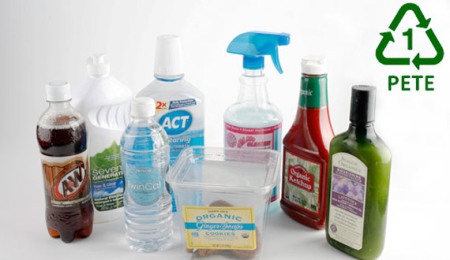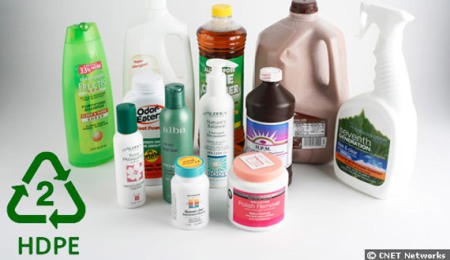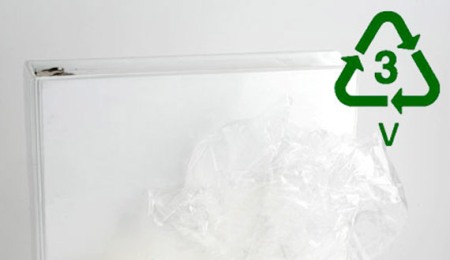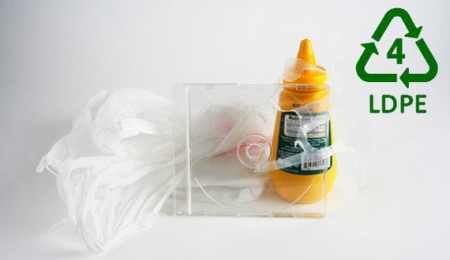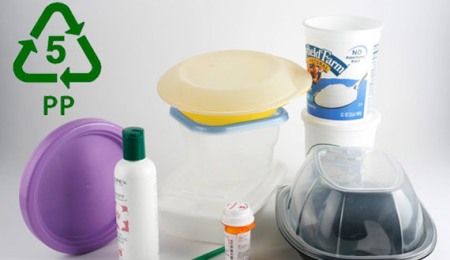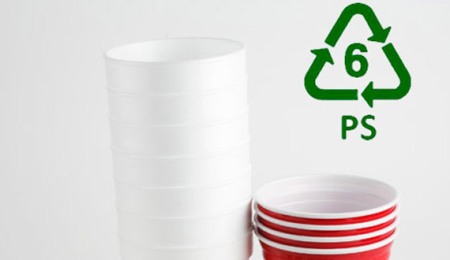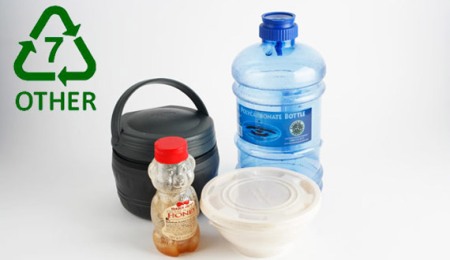If you have been following my blog, you know I wrote about a new food pyramid. The link is here :
http://freepersonaldevelopment.net/new-food-nutrition-pyramid-introduced-by-usda/
USDA now introduce a new food icon: My Plate to takeover the food pyramid which has been used for over 19years.
http://www.choosemyplate.gov/

| Balancing Calories |
| ● | Enjoy your food, but eat less. |
| ● | Avoid oversized portions. |
|
| Foods to Increase |
| ● | Make half your plate fruits and vegetables. |
| ● | Make at least half your grains whole grains. |
| ● | Switch to fat-free or low-fat (1%) milk. |
|
| Foods to Reduce |
| ● | Compare sodium in foods like soup, bread, and frozen meals ― and choose the foods with lower numbers. |
| ● | Drink water instead of sugary drinks. |
Look at the youtube here:
The new guide is divided into four slightly different-sized quadrants, with fruits and vegetables taking up half the space and grains and protein making up the other half. The vegetables and grains portions are the largest of the four.
Gone are the old pyramid’s references to sugars, fats or oils. What was once a category called “meat and beans” is now simply “proteins,” making way for seafood and vegetarian options like tofu. Next to the plate is a blue circle for dairy, which could be a glass of milk or a food such as cheese or yogurt.
Some critics, including congressional Republicans, have accused the Obama administration of overreaching on regulation, especially when it comes to new rules that tell schools what children can eat on campus.
But the plate is supposed to be a suggestion, not a direction, said Agriculture Secretary Tom Vilsack.
“We are not telling people what to eat, we are giving them a guide,” he said. “We’re not suggesting they should not have a cookie or dessert, that’s not what it’s about.”
Vilsack said the new round chart shows that nutrition doesn’t have to be complicated. After almost 20 years of leaders preaching good eating through a food pyramid the department now says was overly complex, obesity rates have skyrocketed. He showed off the new plate with first lady Michelle Obama, who has made healthful diets for children a priority.
“Parents don’t have the time to measure out exactly three ounces of protein,” Mrs. Obama said as she introduced the new graphic. “We do have time to look at our kids’ plates.”
The department is planning to use social media — posting advice every day on Twitter, for example. The address of the accompanying website, choosemyplate.gov, is written on the chart. That website will eventually feature interactive tools that help people manage their weight and track their exercise.
The new chart is designed to be “more artistic and attractive” and to serve as a visual cue for diners, said Robert Post of the Agriculture Department’s Center for Nutrition Policy and Promotion. He has spent two years developing the plate and the website.
Even though the plate is divided into four different-sized sections, the servings don’t have to be proportional, say officials who developed the symbol. Every person has different nutritional needs, based on age, health and other factors.
The graphic is based on new department dietary guidelines released in January. Those guidelines, which are revised every five years, tell people to drastically reduce salt and continue limiting saturated fats. They say diners can enjoy food but should balance calories by eating less. The guidelines also suggest making half of your plate fruits and vegetables — a message easily translated on the dinner plate.
“We know Americans want to be healthy, but making those healthy choices is not easy, it’s hard,” said Surgeon General Regina Benjamin, who joined Mrs. Obama and Vilsack to unveil the plate. “We’re trying to make it easier.”
Many nutritionists and nutrition groups praised the new effort, crossing their fingers that people will listen.
Marion Nestle, professor of nutrition, food studies, and public health at New York University, said there are already a lot of symbols out there telling people what to eat.
“This brings it all together,” she said.







